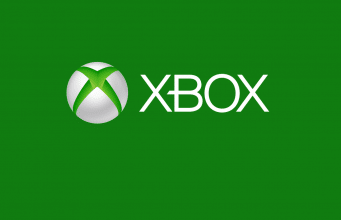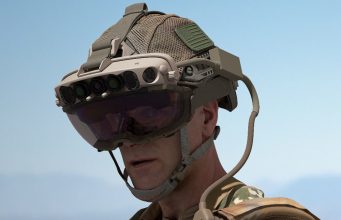Leaked Xbox Documents Show XR Interest But No Immediate Plans
Leaked documents relating to Microsoft’s business strategy for Xbox show the company eyeing XR technology but continuing to keep it at arm’s length.
While Microsoft has previously taken considerable steps into XR with both HoloLens and the Windows Mixed Reality platform on PC, the company’s flagship gaming division, Xbox, has notably not joined the fray.
Over the years Xbox leadership has repeatedly pushed back on XR interest, saying the tech doesn’t yet have a large enough audience to warrant investment. And while it doesn’t look like we should expect anything relating to XR from Xbox in the near future, the company is at least continuing to eye the tech as a potential opportunity.
Road to VR reviewed the entirety of a trove of documents that leaked this week in connection with an ongoing Federal Trade Commission v. Microsoft court case. The documents, which reveal a significant portion of Microsoft’s long-term plans for the Xbox brand, show the company is still skeptical of XR but not discounting it in the long run.
In a mid-2022 ‘Gaming Strategy Review’ document, Xbox pointed to “AR / VR” as one of a handful of “opportunities” the company was mulling as part of its “early thoughts on [the] next generation of gaming.” In the same section the company pointed to tech like cloud gaming and ML & AI as potential areas of strategic focus.
In another section of the same document the company highlighted Windows Mixed Reality, OpenXR, WebVR, and HoloLens among many platforms and services that Xbox can leverage to build its “next gen platform for immersive apps and games.” Given the context of the document, however, it doesn’t seem that Xbox is specifically referring to XR when using the word “immersive.”
While Xbox has mentioned XR as a future opportunity, the company’s tone is still significantly skeptical that the tech has achieved a meaningful addressable audience.
In another section of the same document which overviewed Xbox’s competitors, the company pointed to Meta’s billions of dollars of investments into XR, but concluded by saying, “we view virtual reality as a niche gaming experience at this time.”
Another document from mid-2022, which overviewed the company’s long-term plans for Xbox all the way through 2030, noted that Microsoft wanted to expand its hardware portfolios to include new hardware categories, but nothing on that long-term roadmap pointed to any XR hardware.
While the leaked documents did focus on long timelines, business is always dynamic and priorities can shift quickly, so it’s important to remember that the documents are just a snapshot of Xbox’s view in mid-2022. With the more recent introduction of devices like Apple Vision Pro, it’s likely that Xbox is looking even more closely at how important XR may be to its future portfolio.
Leaked Xbox Documents Show XR Interest But No Immediate Plans Read More »


